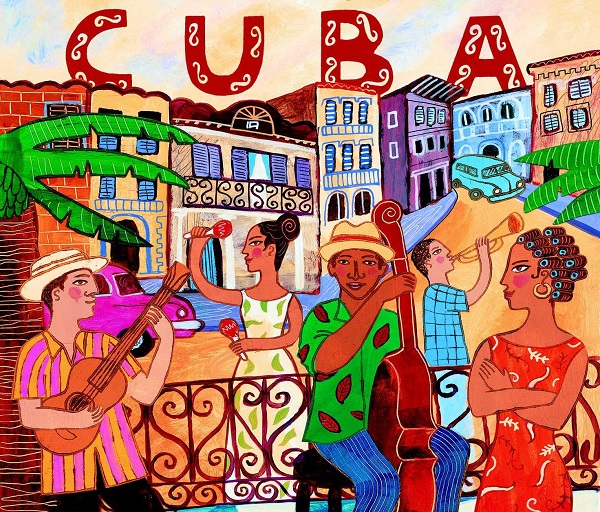5.9 Religious and secular theatrical festivals of the 18th century

Among the religious and secular theatrical festivals held in Cuba in the 18th century, we find the Altar de Cruz de Mayo, which had emerged in the previous century. It began to be celebrated in the town of Sagua de Tánamo in the late 18th century.
The Altar of the Cross took place in both urban and rural areas, maintaining the same starting date, May 3rd, and lasting nine nights, which could be consecutive or alternating. The last day of the altar, May 31st, is called Monte Calvario. On that day, the cross was placed in an artificial forest made of plants.
The altar was built with nine steps; it featured a wooden cross, a vital symbolic object, placed on the top step. Flowers, fruit, decorated bottles, some images of saints, and the Cuban flag were also placed on it. A godfather and a godmother were required to create an altar.
It was displayed on the porches of houses, on the streets, and sometimes inside homes. During the Altar of the Cross celebrations, allegorical songs about the cross and flowers, among others, were sung.
The celebration began with prayers led by the godmother and songs to the cross; it culminated when the cross was lowered and given to those present to kiss. During the night, debates took place among the choirs formed by the participants. A competition was thus established, in which the prize was the altar flag. Dances were held at some altars at the end, while at others, they were held on the last day, after midnight.








